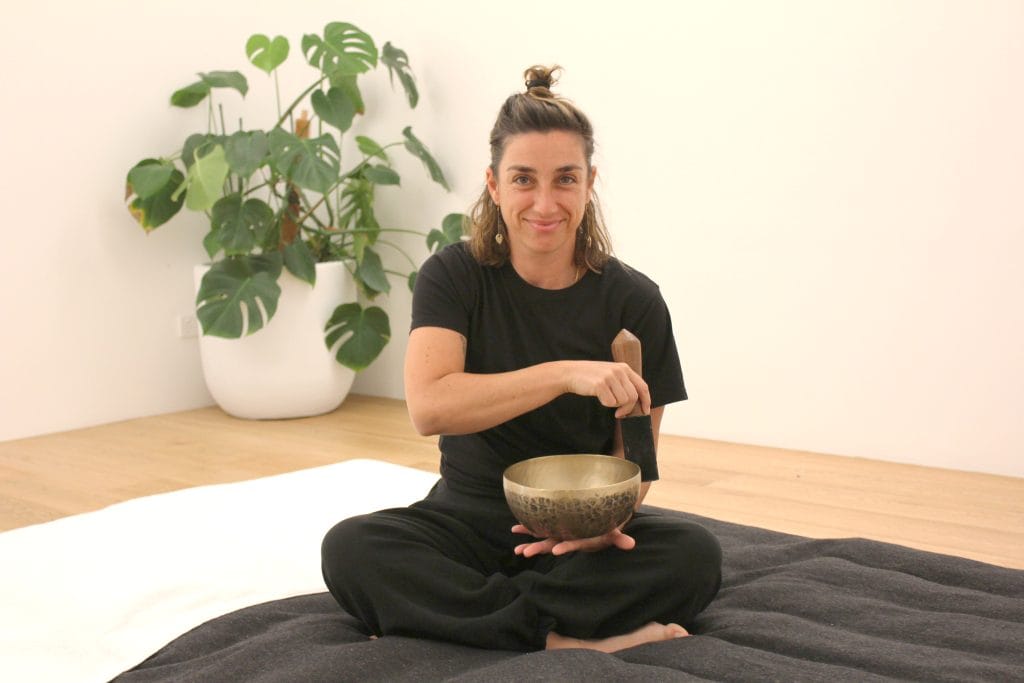Unlock the life-changing benefits of craniosacral therapy. Find out how this gentle alternative therapy can alleviate pain, reduce stress, and promote wellbeing.
Are you struggling with physical or emotional pain? Are you looking for a gentle and non-invasive approach that can help you find relief and promote relaxation? Look no further than craniosacral therapy. Here we’ll explore what craniosacral therapy is, common misconceptions about the practice, and how it can change your life for the better.
What Exactly Is Craniosacral Therapy?
Craniosacral therapy is a gentle, hands-on approach that uses light touch to manipulate the bones and tissues in the head, neck, and spine. The goal is to promote relaxation and relieve tension, allowing the body’s natural healing mechanisms to take over. It’s a safe and effective approach that’s suitable for people of all ages, from infants to seniors.
During a session, the practitioner will use gentle touch to manipulate the bones and tissues in your head, neck, and spine. This can help to release restrictions and tension, promoting relaxation and improving the function of your central nervous system. Craniosacral therapy is a holistic approach that addresses the whole person, not just their symptoms. It can help to promote physical, emotional, and spiritual well-being, allowing you to live your best life.
Common Misbeliefs Around Craniosacral Therapy
Despite its growing popularity, craniosacral therapy is still surrounded by misconceptions and myths.
One common myth is that it’s a form of chiropractic or osteopathic manipulation. While it shares some similarities with these approaches, craniosacral therapy is a unique practice that focuses on the central nervous system and the movement of cerebrospinal fluid.
Another misconception is that it’s only useful for physical conditions like back pain or headaches. In reality, craniosacral therapy can also be helpful for emotional conditions like anxiety, depression, and post-traumatic stress disorder.
What Is the Difference Between Reiki and Craniosacral Therapy?
Another question that often arises is how craniosacral therapy compares to other forms of energy work, like Reiki. While both practices focus on the body’s energy systems, there are some key differences.
Reiki is a hands-off approach that uses universal life force energy to promote healing, while craniosacral therapy is a hands-on approach that focuses on manipulating the bones and tissues in the head, neck, and spine. Both approaches can be helpful for promoting relaxation and relieving tension, but the specific techniques and goals of each practice are different.

Are There Any Side Effects to Craniosacral Therapy?
One of the benefits of craniosacral therapy is that it’s non-invasive and generally considered safe for people of all ages. However, as with any form of therapy or bodywork, there can be some side effects.
Some people may experience temporary soreness or discomfort after a session, while others may feel emotional or psychological effects as they release tension and stress. It’s important to discuss any concerns with your practitioner and to be honest about your medical history and any medications you’re taking.

How Craniosacral Therapy Can Change Lives
By promoting relaxation and relieving tension, craniosacral therapy can help to alleviate physical and emotional symptoms. It can be helpful for a wide range of conditions, from chronic pain to anxiety, depression, and post-traumatic stress disorder.
Craniosacral therapy can be a helpful alternative or complement to medication for migraine relief. A study published in The Journal of Alternative and Complementary Medicine found that craniosacral therapy can significantly reduce the frequency, duration, and intensity of migraines. Participants in the study reported feeling more relaxed, less stressed, and more able to cope with their symptoms after receiving craniosacral therapy.
Another way that craniosacral therapy can change lives is through its ability to promote relaxation and reduce stress. Stress is a major contributor to many health conditions, from heart disease to anxiety and depression. By promoting relaxation and reducing tension, craniosacral therapy can help to lower your stress levels and improve your overall well-being.
Craniosacral therapy has also been found to be helpful for children with autism. According to a study published in the Journal of Autism and Developmental Disorders, children with autism who received craniosacral therapy showed improvements in social behavior, sensory processing, and language. Parents reported that their children were more relaxed and better able to communicate after receiving the therapy.
In addition to its physical and emotional benefits, craniosacral therapy can also have spiritual benefits. By promoting relaxation and reducing tension, it can help you to connect more deeply with your inner self and improve your sense of well-being. Many people report feeling more grounded, centered, and connected to their spirituality after receiving craniosacral therapy.
Interested to give it a try?
Selph offers Craniosacral therapy sessions 5 days a week with two highly qualified therapists Evelyn & Laura. You’re welcome to book a session online or contact us for more information.